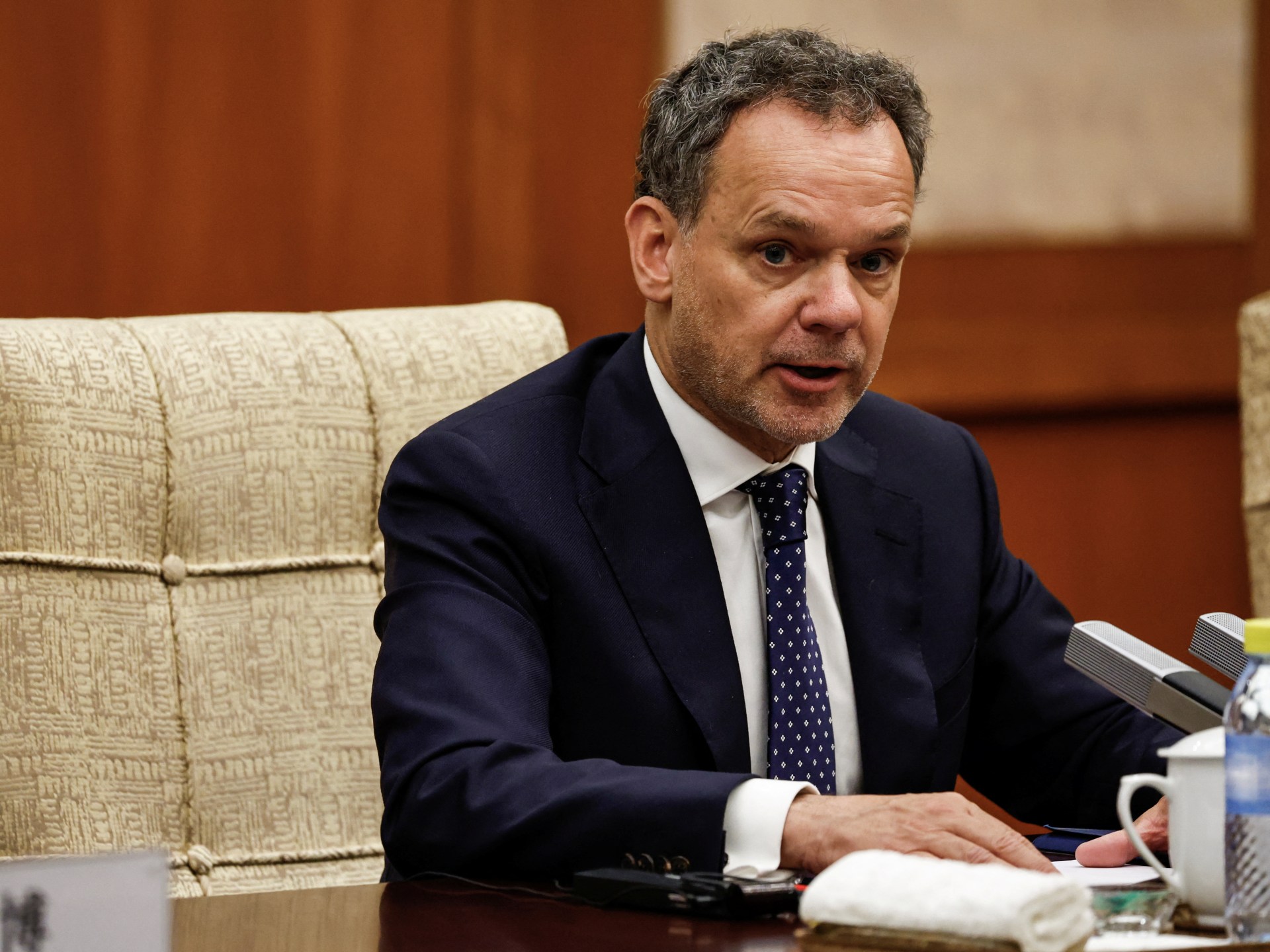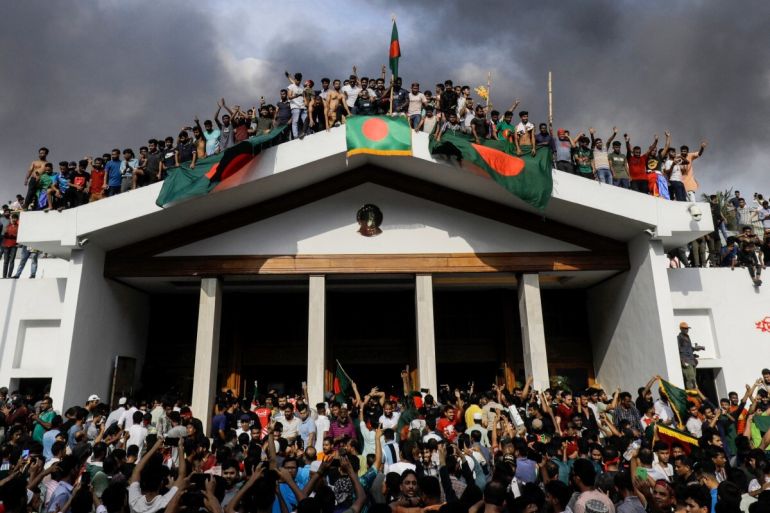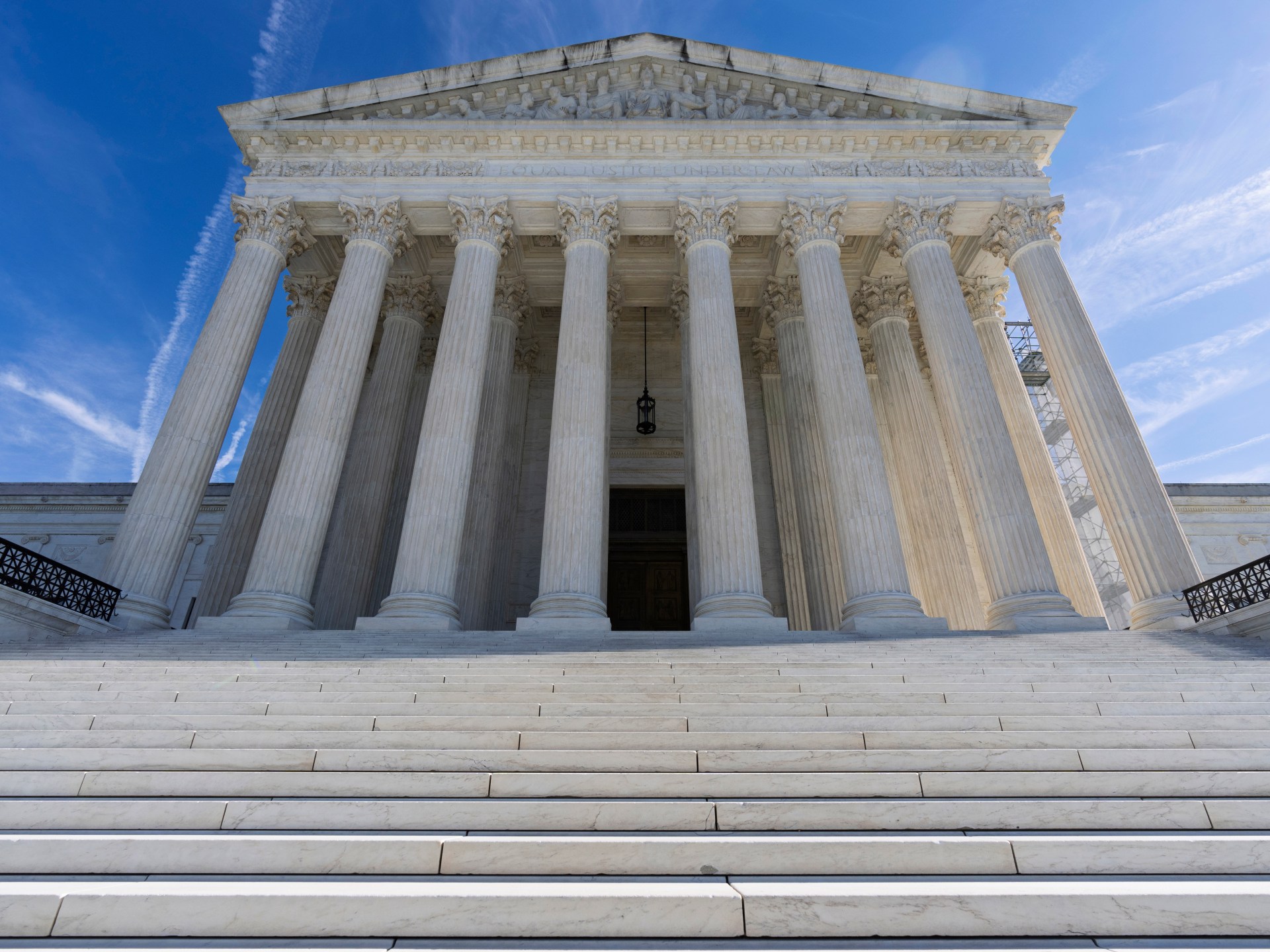‘Will they change course?’: US Senate in deadlock over government shutdown | Donald Trump News
“ Well, the shutdown melodrama continues.”
That’s how, with the verbal equivalent of a sigh, Senator John Kennedy of Louisiana summed up the third day of the United States government shutdown.
Recommended Stories
list of 3 itemsend of list
On Friday, the US Senate reconvened before a weekend recess to vote yet again on a continuing resolution that would keep the government funded through November 21.
Republicans have touted the resolution as a “clean” budget bill, maintaining the status quo. But Democrats have said they will refuse to consider any bill that does not consider healthcare spending.
By the end of the year, subsidies under the Affordable Care Act are slated to expire, a fact expected to cause insurance premiums to spike for many Americans. And Democrats have called on Republicans to reconsider cuts to Medicaid, the government insurance programme for low-income households, following the passage of a bill earlier this year that narrows its requirements.
But the result has been an impasse on Capitol Hill, with both parties exchanging blame and no resolution in sight. Frustration was visible on both sides.
“This shutdown is bone-deep, down-to-the-marrow stupid,” Kennedy said from the Senate floor.
For a fourth time on Friday, Democrats rejected the Republicans’ proposal, which previously passed the House of Representatives along party lines.
Only three senators splintered from the party caucus: Democrat Catherine Cortez Masto of Nevada, Democrat John Fetterman of Pennsylvania and Independent Angus King of Maine.
On the Republican side, Senator Rand Paul also refused to vote alongside members of his party. His concern, he said, was how the spending would contribute to federal debt.
The result was a vote of 54 to 44 in the 100-seat Senate chamber, far short of the 60 votes Republicans need to overcome a Democratic filibuster to scuttle the bill.
As a counterproposal, Democrats put forward a bill that would see more than $1 trillion dedicated to healthcare spending. But that too floundered in a Senate vote.

Finger-pointing on Capitol Hill
In a news conference afterwards, Senate Minority Leader Chuck Schumer said the deadlock could only be broken if the Republicans changed their tactic and negotiated on the question of healthcare.
“Today, we saw the Republicans run the same play, and they got the same result. The question is: Will they change course?” he told reporters.
Schumer accused Republicans of having “wasted a week” with four votes that ended in the same result.
“ My caucus and Democrats are adamant that we must protect the healthcare of the American people,” he said. “ Instead of trying to come to the table and negotiate with Democrats and reopen the government, the White House and fellow Republicans have vowed to make this a ‘maximum pain’ shutdown.”
Republican leaders, meanwhile, accused the Democrats of attempting to bog down the process instead of proceeding with the status quo.
House Speaker Mike Johnson also argued that programmes like Medicaid were in desperate need of reform.
“Medicaid has been rife with fraud and abuse, and so we reformed it. Why? To help provide more and better health services for the American people,” he said at a news conference. “ We had so many people on Medicaid that never were intended to be there.”
Johnson accused Schumer of attempting to appeal to the progressive branch of the Democratic Party, in anticipation of a 2028 primary for his Senate seat: “ He’s got to show that he’s fighting Republicans.”
Both sides of the aisle, however, expressed sympathy for the federal workers caught in the middle of the shutdown.
The Congressional Budget Office has estimated that nearly 750,000 people are facing furloughs each day the shutdown continues. Others are required to keep working without pay.
The total compensation for the furloughed employees amounts to roughly $400m per day, according to the budget office’s statistics. Thanks to a 2019 law, the Government Employee Fair Treatment Act, federal employees will eventually receive backpay – but only after the shutdown concludes.
Pressure tactics
In an effort to force the Democrats to pass the continuing resolution, Johnson issued a notice on Friday afternoon that the House of Representatives would not return to session until October 14 at the earliest.
Instead, his memo called on representatives to engage in a “district work period”, away from the US capital.
That announcement was designed to place pressure on the Senate to act on the continuing resolution the House had already passed. Prior to Johnson’s announcement, the House had been expected to resume its work in the Capitol on October 7.
Meanwhile, John Thune, the Senate majority leader, indicated he would be willing to weigh the Democrats’ concerns about healthcare, but only once the government was reopened.
Still, he made no guarantee that the expiring healthcare subsidies would be re-upped if the Democrats did relent.
“ We can’t make commitments or promises on the COVID subsidies because that’s not something that we can guarantee that there are the votes there to do. But what I’ve said is I’m open to having conversations with our Democrat colleagues about how to address that issue,” Thune said.
“ But that can’t happen while the government is shut down.”
Republican President Donald Trump, meanwhile, has threatened to use the shutdown as an opportunity to slash the federal workforce and cut programmes that benefit Democratic strongholds.
Already this week, his administration has said it is suspending $18bn in New York City infrastructure projects, including for tunnels under the Hudson River, as well as about $8bn in clean energy initiatives.
But on Friday, Russ Vought, Trump’s director for the US Office of Management and Budget, announced another major city would be targeted for cuts: Chicago, Illinois.
Vought posted on social media that two Chicago infrastructure projects, worth $2.1bn, “have been put on hold to ensure funding is not flowing via race-based contracting”.
At a news briefing afterwards, White House Press Secretary Karoline Leavitt said a reduction in the federal workforce was also in the works, with Vought meeting with agency leaders to discuss layoffs.
“Maybe if Democrats do the right thing, this government shutdown can be over. Our troops can get paid again. We can go back to doing the business of the American people,” Leavitt said.
“But if this shutdown continues, as we’ve said, layoffs are an unfortunate consequence of that.”
But Democratic leaders dismissed those threats as pressure tactics meant to distract from the key question of healthcare.
In his remarks, Schumer argued that healthcare was a top priority for Republican districts too, and that Republican leaders should respond accordingly.
“It’s simple,” Schumer said. “ They can reopen the government and make people’s healthcare more affordable at the same time.”









